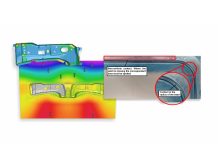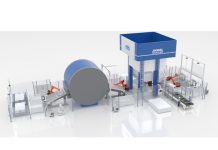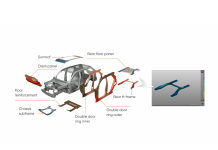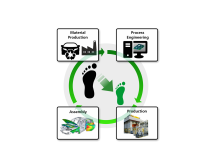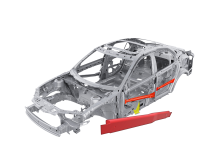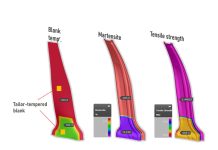Introduction
The automotive industry is constantly evolving, with manufacturers seeking new ways to enhance their vehicles’ performance, particularly in terms of crashworthiness. Strengthening a vehicle’s structural integrity is among the most effective strategies for improving passenger safety and achieving top safety ratings.
To develop robust, high-strength structural components, manufacturers typically rely on one of two processes: cold stamping (for AHSS/UHSS) or hot forming. Each offers distinct advantages and disadvantages, making the choice heavily dependent on specific design needs, manufacturing objectives, and cost considerations.
These technologies are shaping the global automotive landscape. However, their role in the Indian market demands a detailed analysis of cost efficiency, production scalability, and environmental sustainability. Understanding these factors is critical for driving the future of automotive manufacturing in India.
In this article, we compare cold stamping and hot forming to provide a comprehensive look at each method.
Cold Stamping: A Cost-Effective Solution for Mass Production
India’s automotive market is driven by budget-friendly cars, with around 45% of manufacturers focusing on this segment. As a result, cost efficiency remains a top priority, influencing all aspects of production.
As of 2024, cold stamping remains a prevalent manufacturing technique among Indian OEMs for producing HSS/UHSS components in budget-friendly vehicles. It allows for lower production costs while still meeting structural and safety requirements.
What Is Cold Stamping?
Cold stamping is a manufacturing process that shapes sheet metal parts using a mechanical press at ambient temperatures. Automotive manufacturers apply cold stamping to Advanced High-Strength Steels (HSS) and Ultra-High-Strength Steels (UHSS), which can have strengths exceeding 980 MPa or 1180 MPa.
Advantages of Cold Stamping
Cold stamping offers several distinct advantages over its direct competitor, hot forming:
- Cost-effectiveness
- Sustainability
- Supply chain flexibility
- Compatibility with large-scale production
Cost-Effectiveness
Cold stamping is economical due to simpler equipment requirements, no need for furnaces, less complex tooling without cooling channels, lower maintenance costs, and reduced pre- and post-processing expenses. The cost gap between hot forming and cold stamping can be significant, making cold stamping especially appealing in India’s budget-conscious market.
Sustainability
Because there is no heating involved, energy use is lower. This reduction in energy consumption helps decrease the carbon footprint and supports sustainability goals.
Supply Chain Flexibility
The use of simpler, more conventional equipment allows manufacturers utilizing cold stamping to be more adaptable to market dynamics. They can implement changes quickly and shorten their time-to-market (TTM) for new products. Additionally, they can make modifications to products already in production much faster than manufacturers using hot forming techniques.
Compatibility with Large-Scale Production
Cold stamping offers unparalleled speeds resulting in a highly efficient and rapid process that can be easily configured for mass production. Consequently, cold stamping is an excellent option for high-volume production of cost-effective vehicles.
Challenges in Cold Stamping
Cold stamping also presents several challenges, which include the following:
- Lower material formability
- High tool wear
- Springback issues
Lower Material Formability
At ambient temperatures, formability decreases significantly, especially for high-carbon-content materials such as AHSS/UHSS. As a result, high-tonnage presses are required to cold stamp these materials. Even then, manufacturing complex parts with deep features remains a significant challenge.
High Tool Wear
The immense forces involved in cold stamping cause substantial tool wear, leading to frequent maintenance and replacement costs. To mitigate this issue, effective lubrication is essential. Additionally, Physical Vapor Deposition (PVD) coatings can be applied to enhance tool durability and extend operational lifespan.
Springback Issues
Because the material never reaches its recrystallization temperature, finished products may experience springback. Wall curling is a prevalent defect. Engineers are actively developing advanced part designs, tooling strategies, and compensation methods to address these effects.
Hot Forming: Pioneering Performance for Premium Segments
Hot forming is also used in producing high-strength structural components. This process is typically applied to materials with a strength of 1400 MPa or higher, making it ideal for components that demand exceptional durability and crash resistance.
In the Indian automotive market, hot forming is mainly used by manufacturers for premium vehicle models. Notably, some Indian OEMs—such as Tata Motors and Mahindra—have begun exploring and adopting this technology for selected Body-in-White (BIW) components.
What Is Hot Forming?
Hot forming involves heating a specialized steel alloy, known as “Boron Steel,” above its recrystallization temperature. Once heated, the material is shaped with precision tooling and then rapidly quench-cooled to produce components with outstanding hardness and durability. The heating process enhances ductility, while quenching imparts high strength to the components. Now, let us review the advantages of hot forming compared to cold stamping.
Advantages of Hot Forming
The hot forming process is widely used because of several key advantages:
- Enhanced formability
- Higher strength
- Proven reliability
Enhanced Formability
Hot forming can produce highly intricate shapes. The increased ductility of materials allows for creating deeper and more delicate forms while using lower-tonnage presses. In contrast, achieving the same shapes with cold stamping may be challenging or even impossible.
Higher Strength
Hot-formed parts can reach exceptionally high strength levels thanks to heat treatment processes such as quenching. This strength makes them ideal for critical components that directly influence crash performance.
Proven Reliability
Decades of research and implementation have established hot forming as a refined and reliable process. Its material properties remain consistent, making it easier to comply with stringent safety standards.
Challenges in Hot Forming
Like cold stamping, hot forming presents its own set of challenges:
- Higher costs
- Higher energy consumption
- Complex tooling
- Longer cycle times
Higher Costs
The significant cost difference between cold stamping and hot forming limits its use in budget segments. Although the raw material costs for hot-forming steels (like boron steel) can be lower than those of AHSS/UHSS used in cold stamping, additional process requirements—such as furnaces, complex tooling, and cooling systems—push operational costs to unfeasible levels.
Higher Energy Consumption
The increased energy demands can be problematic for companies aiming to reduce their carbon footprint. Many countries now encourage lower energy consumption in manufacturing, and India is no exception.
Complex Tooling
Hot forming requires more complex tools than cold stamping. The process involves heating elements, cooling systems, and monitoring and control systems. These tools must also be constructed from specialized materials, such as boron steel, to withstand high temperatures. Controlling forces, temperature, and other critical parameters is essential for maintaining consistent quality.
Longer Cycle Times
Hot forming takes longer to complete due to the various operations involved—heating, shaping, and quenching. This extended cycle time affects its suitability for high-volume production.
Indian Market Preferences
The Indian automotive market places a strong emphasis on affordability, making cold stamping more suitable for most automakers. Manufacturers in this market prioritize:
- Scalability
- Shorter cycle times
- Lower or reduced production costs
Budget vehicle manufacturers, in particular, often release multiple facelift models each year, requiring high flexibility—especially in tooling—which cold stamping provides effectively. The ability to quickly adapt and produce a variety of components is critical for staying competitive in this segment. Conversely, hot forming is used for premium or luxury vehicles that value performance over cost.
Conclusion
Both cold stamping and hot forming offer distinct advantages for manufacturing structural automotive components. However, in the Indian market, cold stamping is generally the more viable choice due to its cost efficiency, flexibility, and reduced environmental impact. While hot forming provides enhanced strength and design possibilities for premium applications, its higher costs and energy requirements limit its use in mass production. Indian manufacturers currently rely mainly on cold stamping to fulfill market demands while simultaneously investigating Hot Forming technology to anticipate the evolving needs of the nation’s growing automotive sector.
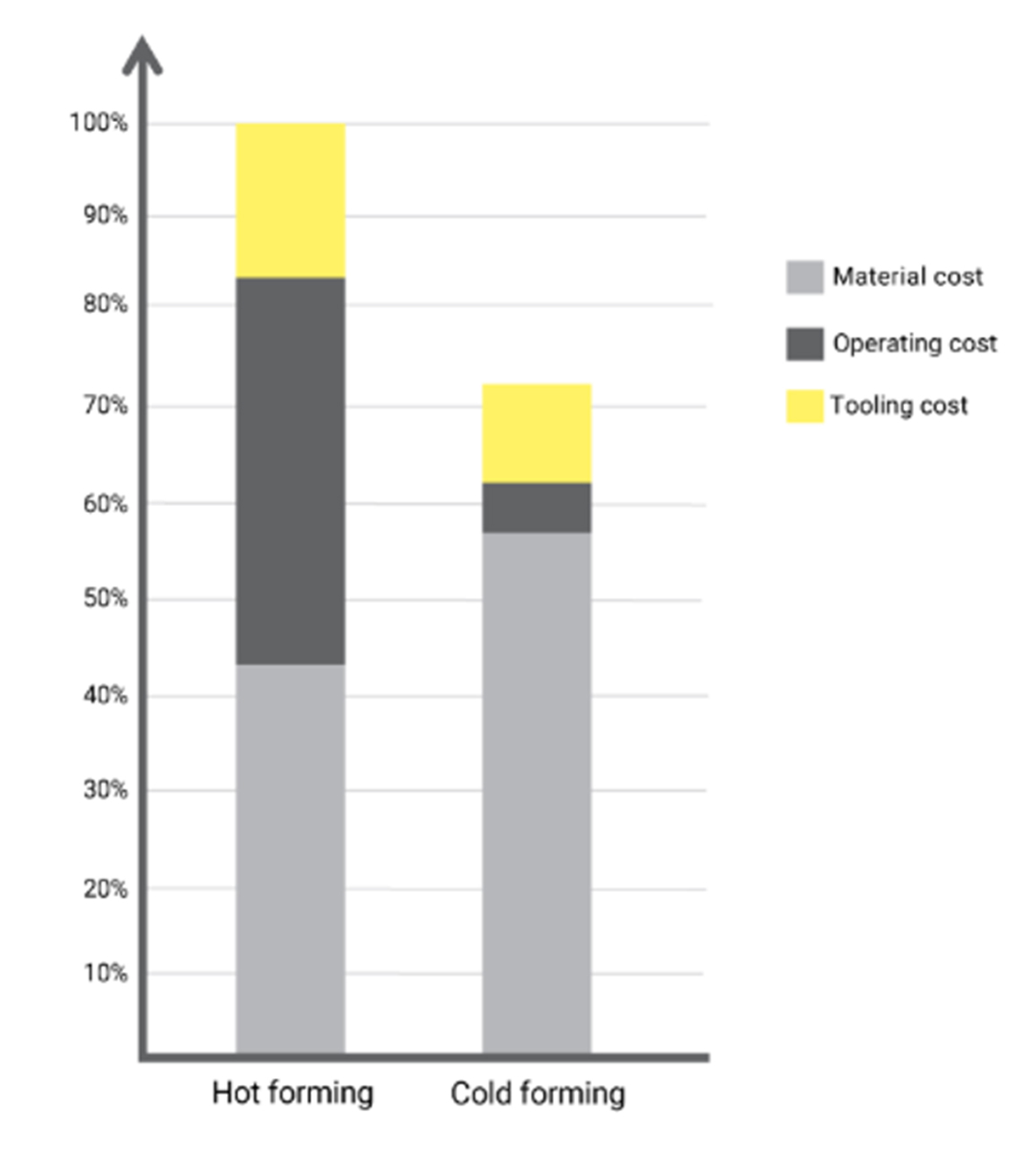
The figure reflects a cost comparison between hot forming and cold stamping, sourced from SSAB.



